
Labeling helps you meet compliance standards and protect your brand. Food expiration dates, batch codes, and brand elements must be printed clearly and consistently to maintain food safety and win consumer trust. But that’s not easy when production lines are fast-paced, packaging materials vary, and regulatory demands continue to increase.
Traditional printing methods can struggle with smudging, fading, or misaligning critical information. However, hot stamp printers are proven to be reliable and built for demanding environments. They give food manufacturers a better way to label confidently and compliantly.
How Hot Stamp Printing Works
Hot stamp printing is a contact printing method that uses heat and pressure to transfer pigment from a ribbon onto packaging material. It’s known for creating crisp, permanent prints on everything from plastic and foil to paper and film.
Within the food and beverage industry, hot stamp printers are commonly used to print food expiration dates, batch codes, logos, and other essential data directly onto packaging or labels. Unlike ink-based methods, hot stamp printing doesn’t smear or bleed, making it ideal for high-humidity or refrigerated products.
Its simplicity is one of its biggest advantages. Fewer moving parts mean less maintenance and greater reliability. It’s a durable and cost-effective choice for food producers who want long-lasting legibility.
Read more about what hot stamp printing is and how it can benefit packaged food.
High-Speed Labeling With Hot Stamp Technology
Speed and consistency are critical on the production floor. Hot stamp printers are built for high-output environments where downtime isn’t an option. They’re engineered to apply sharp, durable prints at high speeds without compromising accuracy.

Hot stamp prints don’t require time to dry, and routine maintenance is minimal. This lets it support fast, uninterrupted operation. And because it doesn’t rely on ink cartridges or toner, it offers long-term cost savings compared to other options.
Whether you’re labeling hundreds or thousands of units per hour, hot stamp printers keep your line moving and your labels sharp.
Explore the best food date label printer for high-speed packaging lines.
Choosing the Right Hot Stamp Printer for Your Packaging Line
To choose the best hot stamp printer for your line, you need to align the equipment with your specific production needs. Whether you're running a small-batch operation or a high-throughput packaging line, the right printer can make all the difference in print clarity, efficiency, and long-term ROI.
To narrow your options, it’s important to understand how your production environment will impact printer performance.
Ask yourself the following questions before making a decision:
- Throughput Needs: How many products are you labeling per shift?
- Substrate Type: What material are you printing on? Rigid plastic, flexible film, or something else?
- Print Requirements: Do you need single-line codes, logos, or dual-line prints?
- Space Constraints: Will the printer be standalone or integrated into a conveyor or labeler?
By answering these questions, you can avoid overinvesting in advanced features you don’t need or underestimating what your operation requires. Strategically selecting the right food date label printer will help ensure long-term performance and a smoother path to scaling.
The right partner can also help you compare model specifications and integration options. Look for a labeling equipment provider that understands the food industry’s demands and can help tailor a solution to your throughput, layout, and compliance needs.
Dive into our guide on printing clear, reliable date codes on food.
How to Seamlessly Integrate Hot Stamp Printers
Hot stamp printers don’t just work well, they fit in well. Whether you’re starting fresh or retrofitting existing equipment, these compact systems can be mounted directly onto conveyors, filling machines, or label applicators.

Smart integration means less handling, fewer errors, and greater consistency. By automating this part of the process, you can reduce reliance on manual steps, eliminate bottlenecks, and improve your overall packaging efficiency.
Plus, most models come with user-friendly controls and memory presets for quick changeovers, so your line stays productive even as your SKUs evolve.
Learn more about setting up hot stamp printers to efficiently add food expiration dates.
Build Trust and Stay Compliant in One Print Pass
Hot stamp printers are great for food expiration dates, but they’re also useful for printing logos and brand marks. That means you can reinforce your identity while meeting industry regulations, all in one pass. Clear, permanent labels help protect consumers and strengthen trust in your brand. Mislabeled products can lead to costly recalls and lost shelf space, so having legible, reliable labeling is critical.
Hot stamp technology simplifies compliance without sacrificing design. It’s a practical tool for balancing operational efficiency with branding and safety. Plus, the durability of the print means your labels remain readable through distribution, refrigeration, and even customer handling. It helps ensure your product information and branding hold up all the way to the end user. With the right setup, you can get high-quality labels without slowing down production.
See how hot stamp printing can help you create clear and compliant packaged food labels.
Label Better, Faster, and Smarter with Hot Stamp Printing
Hot stamp printers offer a smart solution for food manufacturers who need consistent, high-quality labeling. If your current method is slowing you down or leaving too much room for error, it may be time to explore this system.
Hot stamp printers are incredibly valuable in fast-paced environments where accuracy, longevity, and reliability can’t be compromised. Whether you're labeling rigid containers, flexible film, or clamshell packaging, this solution will give you crisp food expiration dates that will last when refrigerated and over time. Best of all, they require minimal maintenance and are easy to integrate into both new and existing lines. This makes them a cost-effective investment for long-term performance.
Want to take a deeper dive into how labeling equipment can transform your operation? Download the Food Manufacturer’s Guide to Food and Beverage Labeling Equipment to get a full breakdown of your options, key questions to ask, and smart setup tips tailored to packaged food.
.webp?width=200&height=114&name=2x-Packleader-logo-large%20(1).webp)

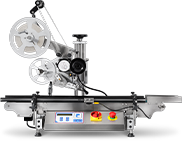
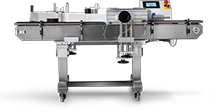
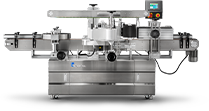
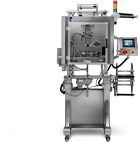
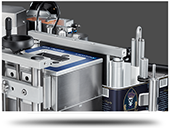
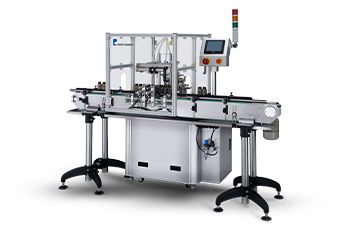
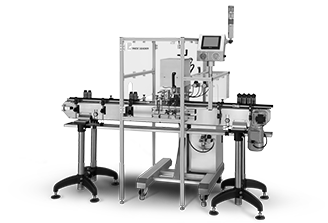
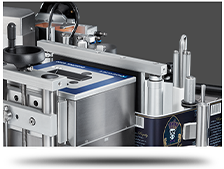





.webp?width=360&name=2x-color-logo%20(1).webp)